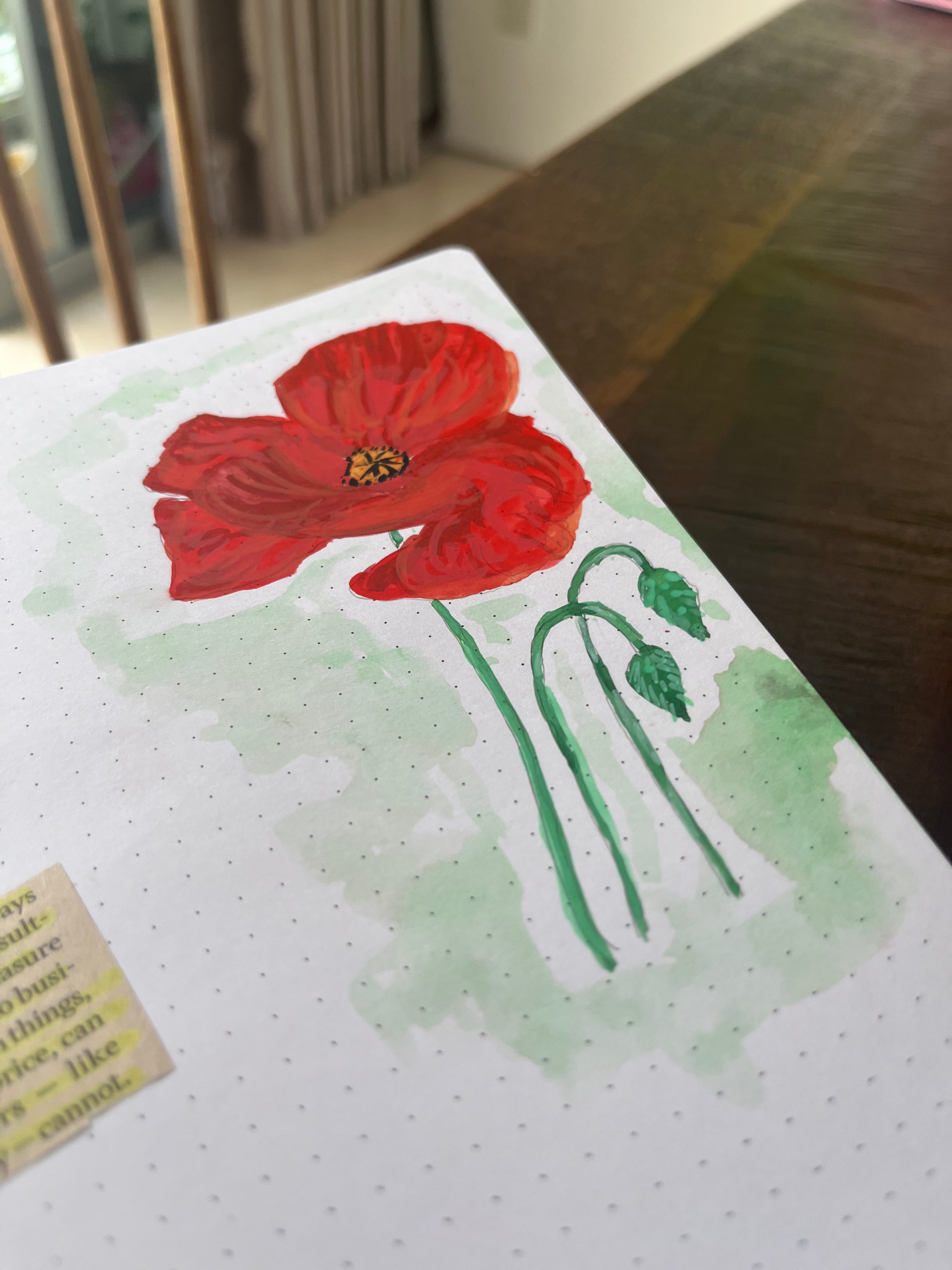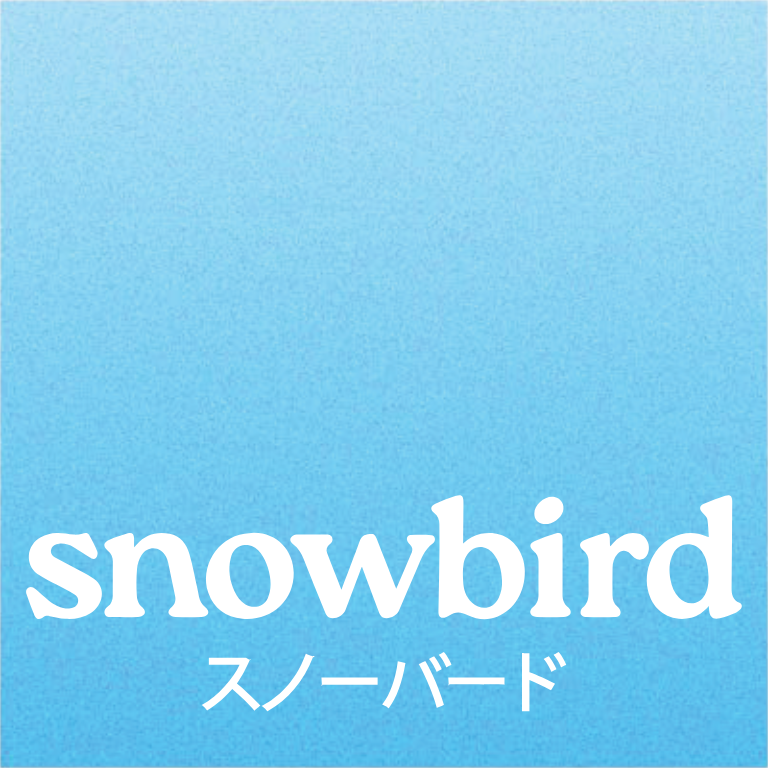Hi folks,
To readers in the US, please know that you have the fortitude to get through this and many upcoming news cycles.
The past few weeks I’ve had many conversations with founders and execs that all come back to one common theme: dissonance. Between what they’re thinking and what their teams are working on. Between what the market reality is and how they perceive themselves as part of this reality. Between who they are and who their customers think they are. I think it has a lot to do with how complex our communication ecosystem has gotten, cleaving a wider gap between reality, the story we construct out of it and the way people consume that story. I suspect to deal with this theme more often as our work expands into more industries. I’ll keep you posted as I uncover new insights.
This week’s ‘art-as-a-habit-and-not-just-a-hobby’ was about exploring botanical art. Here’s a quick poppy flower.

Here are the finds for this week:
- ZOOTOPIA I’ve written about the crushing weight of work in China and the culture that weight gives rise to. The most vibrant, and instant, reflection of this is internet slang. Increasingly frustrated by their career prospects, China’s workers are likening themselves to various animals to blow off steam - including asking what are the “differences between oxen and office livestock? Nobody would call an ox at midnight asking it to plow the field again in a different direction”
- BLIND SPOT This one goes deep. A new book argues that modern science began by looking at how things moved in the skies, and that was easy to do through a mechanistic, objective way of thinking about the world. That success gave us excessive confidence that we can take this God’s-eye vision of the world, rationalize everything, and forget about the most fundamental thing of all: that everything we do in life, and in science, starts with our experience of being in the world. When we take ideas too far away from where they originated in experience, we get lost.
- TRUTH? WHO DAT? Where older generations are out there struggling to fact-check information and cite sources, Gen Zers don't even bother. They just read the headlines and then speed-scroll to the comments, to see what everyone else says. They're outsourcing the determination of truth and importance to like-minded, trusted influencers.
- ARCHITECTURAL FODDER “New buildings, again and again, are too flat, too plain, too straight, too shiny, too monotonous, too anonymous, too serious. What happened?” While those features can often be aesthetically appropriate on their own, it’s the relentless combination of them in the aesthetics of modern buildings and urban spaces that makes them overwhelmingly boring. Architecture has a “nutritional value” to society—and the public desperately deserve a better offering.
- PREVALENCE INFLATION Mental health content on TikTok has attracted tens of billions of views, but some academics worry that it could be doing more harm than good. Most of it is not produced by mental health professionals. Some of it also explicitly encourages viewers to self-diagnose. The broader mental health awareness effort on TikTok might lead people to perceive common emotions and feelings as problematic signs of disorders like anxiety, depression, or ADHD.
